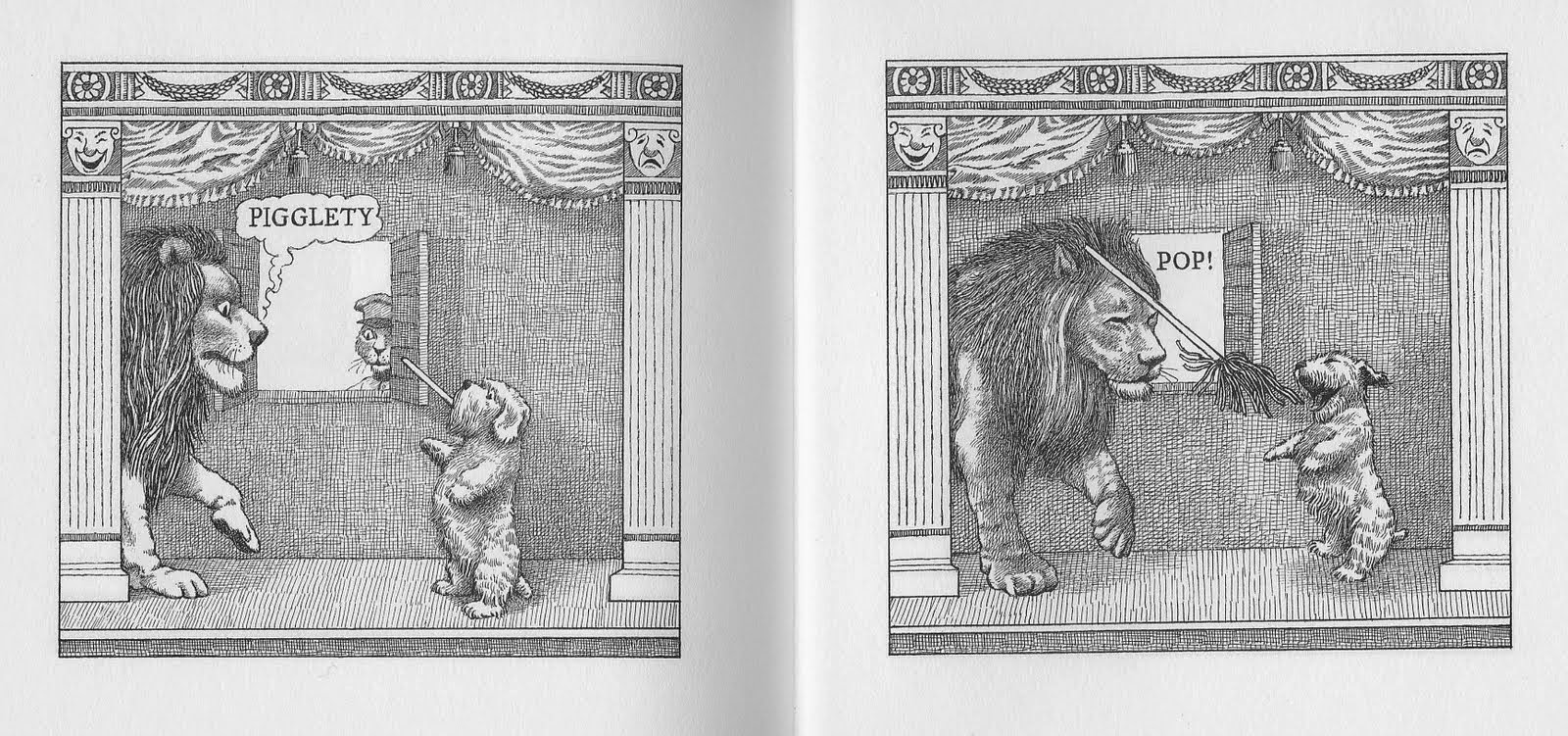The Highwayman by Alfred Noyes, illustrated by Charles Keeping. Oxford: 1981. Kate Greenaway Medal, 1981.
I remember the first time I saw Charles Keeping's book art. I was taking a children's literature course for my Master's in Library Science and stumbled upon his version of Beowulf at the local, independent children's bookstore in Edmonton. God love ya, Greenwood's Small World, I wish you were still with us.
Keeping's Beowulf. I had never seen anything like it and I have yet to
see anything since that compares with its atmospheric horror. Keeping's
children's books, even those for the very young, see through decay and
darkness to present an innovative, working class, artistic vision. The
picture books that he both wrote and illustrated (1960s-1980s) often
focus on urban decay and renewal in London and on the children who
witness this change in the guise of progress. He not only wrote and
illustrated his own books but was a prolific illustrator for the works
of others, including but not limited to the novels of Rosemary Sutcliff
in his early career and the Folio edition of the Complete Works of
Charles Dickens in his later years.
But it is The Highwayman, his take on Noyes' 1906 poem that I think is his most cohesive and beautiful book. I am posting some images from it below and one of the monster Grendel from Beowulf. I would also encourage you to visit the website for The Keeping Gallery that his wife and fellow artist, Renate Keeping, ran out of their home after his death in 1988. She passed away this past March, but her art and image lives on through this website: http://www.thekeepinggallery.co.uk/
His biography is also fascinating and pretty comprehensive and well-written for a Wikipedia entry, if you want to learn more about him.
But it is The Highwayman, his take on Noyes' 1906 poem that I think is his most cohesive and beautiful book. I am posting some images from it below and one of the monster Grendel from Beowulf. I would also encourage you to visit the website for The Keeping Gallery that his wife and fellow artist, Renate Keeping, ran out of their home after his death in 1988. She passed away this past March, but her art and image lives on through this website: http://www.thekeepinggallery.co.uk/
His biography is also fascinating and pretty comprehensive and well-written for a Wikipedia entry, if you want to learn more about him.








































